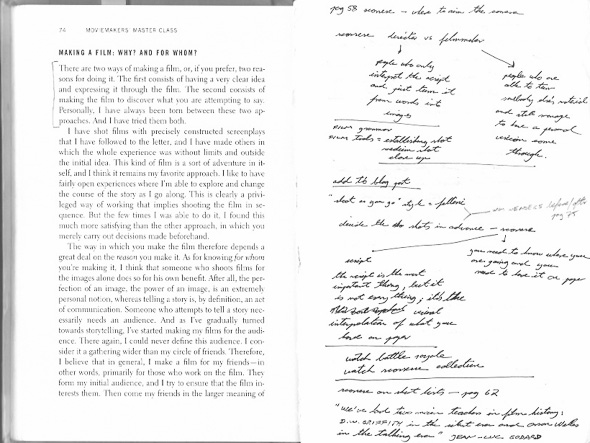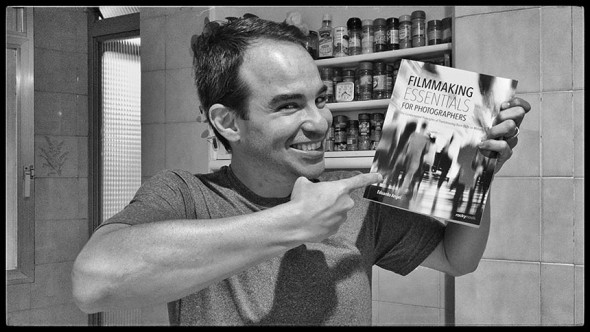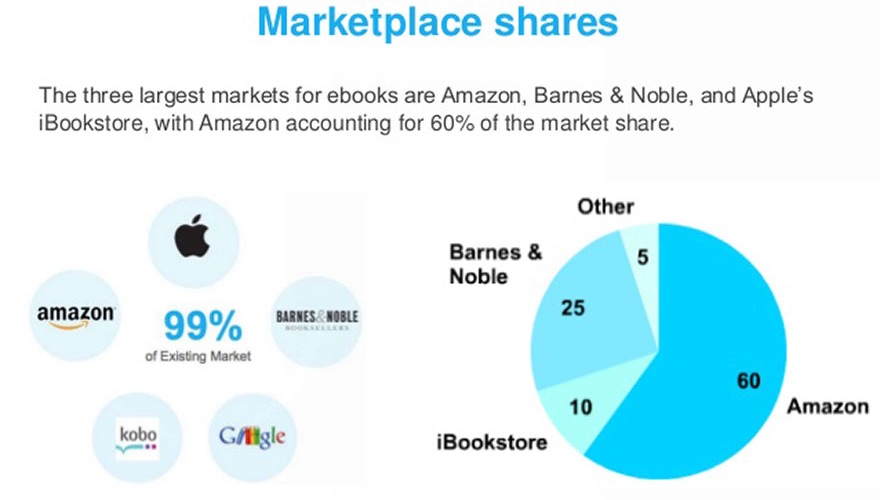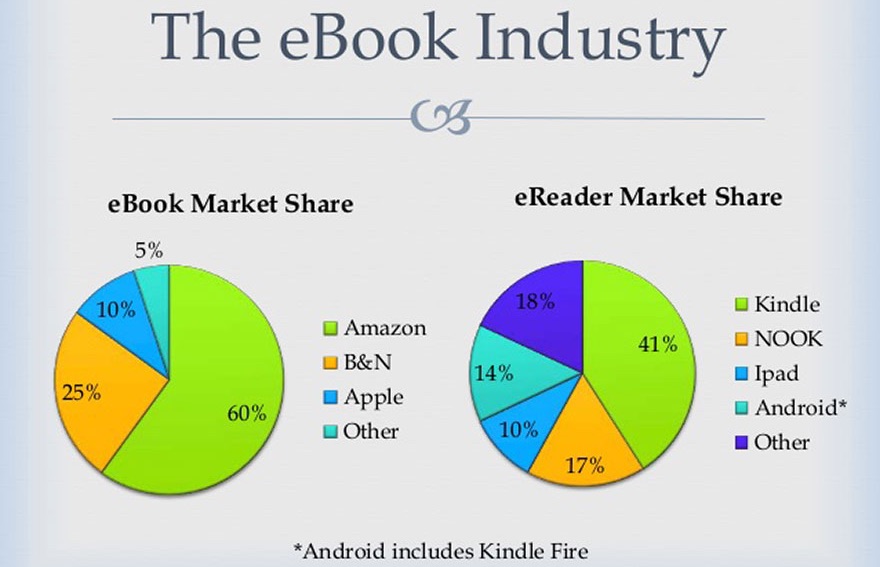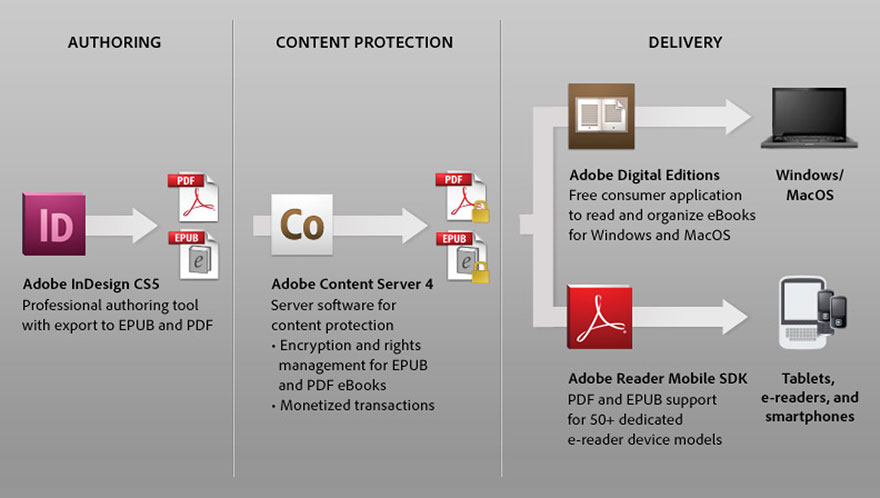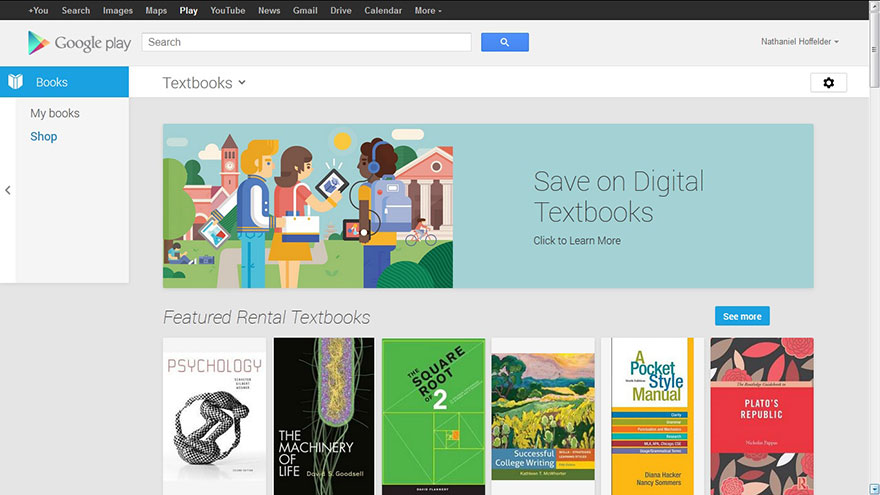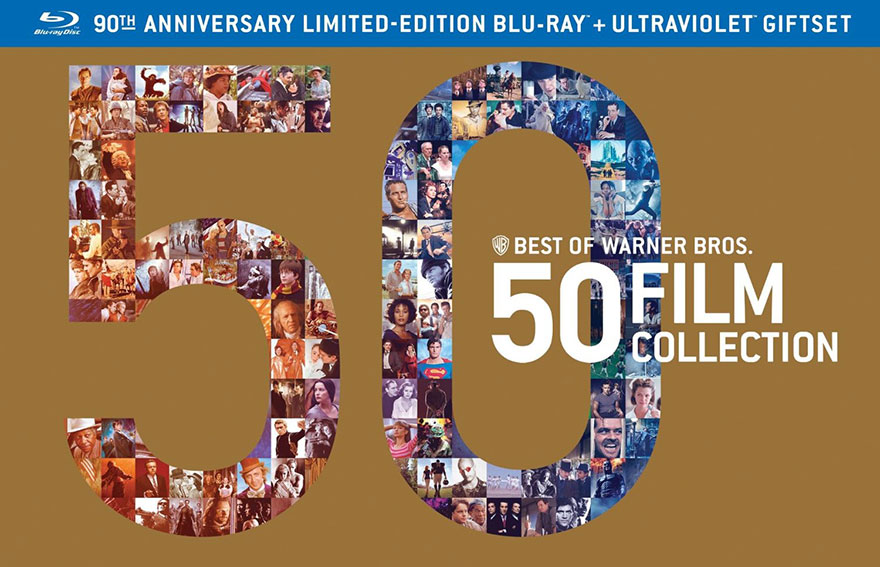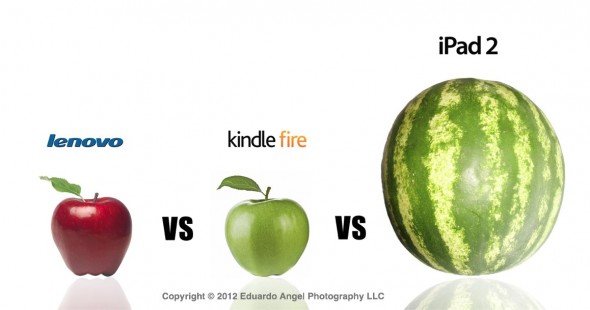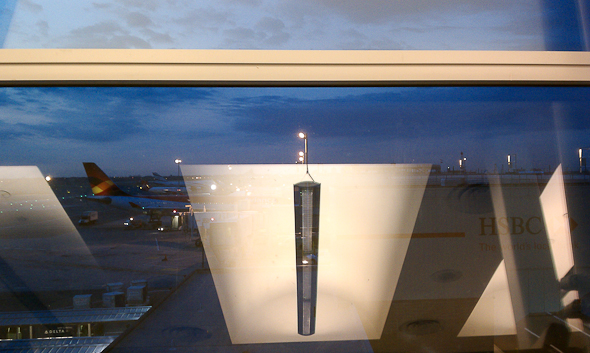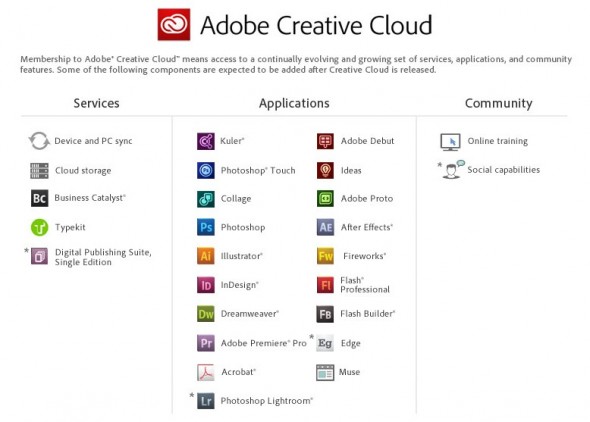Video

The 20 Best Books on Filmmaking.
Over the years I have been steadily collecting the best books on filmmaking. Most of these titles have been thoughtfully recommended by friends and students. A few have been fortuitous purchases inspired by intriguing reviews found on Amazon. And, of course, there are some that have come to find a home on my bookshelf in other mysterious ways.
1. The Oxford History of World Cinema by Edward O’Neill
“This is NOT a Summer reading book. Over 800 pages and (4 pounds), this one is perfect for rainy afternoons while sipping coffee and dreaming away.”
2. In the Blink of an Eye Revised 2nd Edition by Walter Murch
“One of my favorite and most inspiring books. Anyone interested in video editing, sound design, directing or screenwriting should buy this book immediately.”
3. MasterShots 100 Advanced Camera Techniques to Get an Expensive Look on Your Low-Budget Movie by Christopher Kenworthy
“Effective camera techniques to increase the production value of your productions.”
4. The Filmmaker’s Eye: Learning (and Breaking) the Rules of Cinematic Composition by Gustavo Mercado
“Understanding the rules of cinematography and how to successfully break them.”
5. Directing: Film Techniques and Aesthetics by Michael Rabiger
“An interesting approach (from a director’s persepctive) to script analysis and development.”
6. The Color Correction Handbook: Professional Techniques for Video and Cinema by Alexis Van Hurkman
“Grading is such an important aspect of post-production that understanding the possibilities, and limitations, is key.”
7. The Technique of Film and Video Editing: History, Theory, and Practice by Ken Dancyger
“A “precise look at the artistic and aesthetic principles and practices of editing for both picture and sound.””
8. Rebel without a Crew: Or How a 23-Year-Old Filmmaker With $7,000 Became a Hollywood Player by Robert Rodriguez
“A true inspiration to “stop dreaming and start doing.””
9. Cutting Rhythms: Shaping the Film Edit by Karen Pearlman
“There are so many ways to cut and present a story. Understanding the right “rhythm” of each story is an essential skill.”
10. The Conversations: Walter Murch and the Art of Editing Film by Michael Ondaatje
“Would you pay $20 to hang out with the editor behind “American Graffiti” “The Conversation,” “Apocalypse Now,” “The Godfather,” “The Talented Mr. Ripley,” and “The English Patient?”
Then buy this book.”
11. The Five C’s of Cinematography: Motion Picture Filming Techniques by Joseph V. Mascelli
“First published in 1965 this classic is now more relevant than ever. My go-to textbook on all my Filmmaking Workshops.”
12. Moviemakers’ Master Class: Private Lessons from the World’s Foremost Directors by Laurent Tirard
“Witness the thought process behind Almodovar, Bertolucci, David Lynch, the Coen Brothers, John Woo and Woody Allen. Their processes are all very different and all very effective.”
13. Guillermo del Toro Cabinet of Curiosities: My Notebooks, Collections, and Other Obsessions by Guillermo del Toro
“Guillermo del Toro’s notebook, the genius behind Hellboy, The Orphanage, and Pan’s Labyrinth. Foreword by James Cameron, afterword by Tom Cruise, and contributions from Neil Gaiman and John Landis, among others.”
14. Cinematography: Theory and Practice: Image Making for Cinematographers and Directors by Blain Brown
“Getting this book and Amazon’s Instant Video is like getting an MFA in Cinematography.”
15. The Big Picture: Filmmaking Lessons from a Life on the Set by Tom Reilly
“The book covers 50 short, to the point, extremely useful tips that have helped us save an incredibly amount of time and money on pre-production and production. This book is a fantastic resource.”
16. The Philosophy of the Coen Brothers by Mark T. Conard
“A book about the Coen Brothers. Enough said.”
17. Directing Actors: Creating Memorable Performances for Film & Television by Judith Weston
“Understanding the technical aspects of filmmaking is as important as learning how to communicate with the people you work with, especially when they are NOT professional actors.”
18. Hitchcock (Revised Edition) by Francois Truffaut
“Simply put, this is a book-length conversation between two of the best film directors in history.”
19. The Complete Film Production Handbook by Eve Light Honthaner
“Everything you need to know to set up and run a production. An essential resource if/when you need to work and communicate with much more experienced producers.”
20.Filmmaking Essentials for Photographers: The Fundamental Principles of Transitioning from Stills to Motion by Eduardo Angel (yes, that would be me!) UPDATE: The PDF version is now available here.
To remain relevant and in demand in today’s visually driven world, image makers must learn to craft both still photographs and motion in order to attract clients. While there are many similarities between photography and cinematography, there are key aspects of shooting motion—such as sound and camera movement, to name just two—that are uncharted territory for most photographers.
These are books that I own, have read multiple times, truly enjoy, and highly recommend. My hope is that they help you sharpen your skills, improve your craft, and give you many hours of joy and wonder.
Here’s the complete list on Amazon.com: my top 20 favorite books on filmmaking.
News
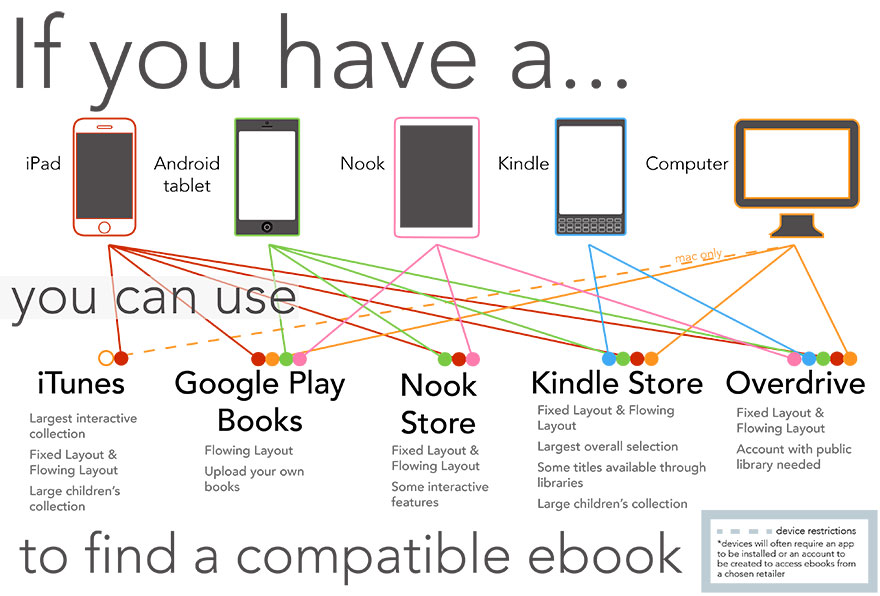
The current and very messy state of digital publishing.
This year we’ll be working on several interesting projects, including a few that involve eBooks. After spending a frustrating amount of time researching “the best current and future-proof publishing formats and platforms” we still have more questions than answers.
The current state of digital publishing looks like an Italian opera or a Mexican telenovela where everybody simultaneously loves and hates one other. While we know there’s almost always a happy ending, we can’t exactly figure out what the outcome will be.
Let’s start with the term multimedia. I have always found this term confusing and somewhat misleading. At least in the photo and video industries “multimedia” is generally used to describe projects where photography and sound, or still images and video, are combined.
But if you think about it, printed books have always used photos or illustrations. The same is true for magazines, websites, posters, and any form of packaging. What makes a slideshow with sound more multimedia than a box of cereal? I don’t know. So, to simplify, we’ll use my friend Peter Krogh’s definition: “Multimedia eBooks means PDFs or EPUBs with embedded videos that are viewed within the body of the book. You simply click to view, without leaving the page you are on.”
A lot has happened in the digital publishing world, with clear milestones such as in 2011 when Netflix boldly announced (and a month later reversed) the separation of their DVD and video streaming services. I believe the overall message is plain as day when a company that started with a traditional pay-per-rental model (and one that delivered a billion DVDs) first transitions to a model that includes a flat-fee and unlimited rentals to a company that specializes in offering streaming video on demand.
In early 2013 major Hollywood studios started to kneel over the dominance of YouTube when DreamWorks bought AwesomenessTV, a company that manages YouTube stars, for $33 million. Several giant old-media companies immediately followed. And just last month, Amazon (originally simply an online bookseller), announced their own “Mozart in the Jungle” web series.
There’s no question in my mind that the short-term future of visual storytelling relies on on-demand video streaming platforms. Video is the new and future public literature. But what about books? For the longest time I’ve debated the pros and cons between printed books and eBooks with my friend, Chicago-based artist Tim Campbell.
Since I started using eBooks I’ve doubled the amount of books I read. Perhaps I am disrupting my sleep and shouldn’t read in bed, but the fact that I can carry dozens or even hundreds of books in my jacket pocket is a powerful experience. Of course, that can also be a bad thing. Today, the average American consumes 34 gigabytes of content and 100,000 words of information in a single day. But that’s another topic for another day. In some instances, digital versions can offer important financial benefits. In 2013, American Airlines replaced its pilot’s manuals (35 pounds of paper) with electronic versions on iPads, saving $1.2 million on fuel per YEAR.
So, as an author and content producer (and sometimes editor), I know this much: multimedia eBooks are the way to go. But which format and platform should we use?
Here’s where the Italian opera and Mexican telenovela come in: When eBooks were introduced in 2007, Amazon launched the Kindle as its distribution method, gained a dominant market position, and took advantage of that position to sell eBooks below cost, often for $9.99. Apple launched the iPad in 2009, and a year later persuaded five of the six major book publishers to adopt the agency model where publishers set their own prices—with Apple taking a 30% cut. In 2012 the Justice Department sued the publishers and Apple for “price fixing.” Last year Apple lost the case and was supposed to pay $450 million in damages. The publishers settled for a total of $166 million. I’m sure we haven’t heard the end of that story yet.
• Devices
The tablet market grew 75% year-on-year in the last quarter. That’s almost 52 million new tables in the hands of potential readers, up from 30 million in Q4 2011.
The iPad dominates 25% of the consumer tablet market. This would immediately tilt the balance toward Apple, but the company’s market share was 40% in 2013 and 70% in 2012. In this context, 25% doesn’t look that promising.
On my wonderful $150 Android tablet, I have the option to buy a book from Amazon, Kobo, Nook, and Google Play – but not from Apple’s iBooks. This might explain why 23% of consumers used a Kindle App to download eBooks in the first nine months of 2014, and another 21% used the Kindle Fire. Apple’s iPad was used by 18% of consumers to download eBooks, while 4% used an iPhone. Barnes & Noble’s Nook had a 9% share of eBook downloads. Samsung is currently partnering with Nook, and we all know that Google can create a tsunami if it really wants to push the eBook on their Google Play. To be honest, these numbers don’t even make sense to me, so don’t kill the messenger.
• Market share
It is extremely hard to get reliable numbers on this, so I’m using data from the most reputable sources.
Amazon currently controls 60% of eBook sales (and nearly 50% of total book sales) in the U.S. In 2010, Amazon had 600,000 e-books in its Kindle store compared to over 3 million digital titles today. In Britain Amazon’s grip on the eBook market is about 78%. Barnes and Noble controls between 15% and 25% depending of the source, and Apple dominates less than 10% of the pie with its iBook platform.
• Formats
Here’s where all hell breaks loose. The EPUB format is the most widely supported vendor-independent XML-based eBook format, including public library systems like New York and Brooklyn, but Amazon’s Kindle does not support EPUB (Kindle uses the KF8 and AZW formats) and there are no desktop EPUB readers that can play videos.
So, even with the EPUB as the most widely supported format, if we need to embed videos (and we all do!) then we need to consider Adobe’s Digital Editions and the PDF format. Sounds pretty simple right? Not so fast. The PDF plays on any computer, and it also works on any iPad or Kindle with a PDF reader. But, as of this writing, we do NOT have iOS or Android apps that can play PDFs with embedded videos! Back to square one.
• Conclusion
As of right now there’s no clear winner when it comes to devices. The market share favors Amazon, but the Kindle App supports everything except EPUB, the most widely supported format.
The good news is small publishers and independent authors now have access to the same tools as huge, traditional publishers. The not so great news is that we might be replacing traditional gatekeepers like Rupert Murdoch, Silvio Berlusconi, and Ted Turner to name a few. To complicate matters, some programs require self-published writers to be exclusive, closing off the possibility of sales through other platforms.
In terms of pricing, the race to the bottom hurts everybody, established publishers and newcomers alike. Amazon usually gives self-published writers 70% of what a book earns, which means a novel selling for $4.99 yields $3.50. Sounds terrible, but unfortunately it is a much larger percentage than what traditional publishers are willing to pay.
• What’s next?
Considering that in 2013 more than 90% of Apple’s $183 billion in revenue came from hardware sales, my guess is that they don’t care that much about iBooks. Amazon has a clear motivation to improve the Kindle app, not only to maintain or increase its dominant market share, but to keep competing with Netflix and other VOD providers. Over 80% of Google’s $64 billion annual revenue comes from advertising, so if there’s a way to monetize ads on eBooks, you can bet they’ll be there. Adobe might also surprise us, with a Digital Editions version that supports video on mobiles devices, but I truly don’t see Apple letting that happen.
What can or should we do right now?
At this point, I don’t have a good answer, so I’m attending “Digital Book World Conference + Expo” in New York City. I’m planning to attend sessions like “Acrobat’s Secret Weapons for Publishers” and “How to Become a Book Graphic Ninja“, hear directly from publishing industry experts, pick their brains, and hopefully get a much clearer picture for all of us. So, stay tuned!

This topic, as pretty much every topic we discuss on this blog, changes rapidly. What seems like a good solution today is quickly replaced by something or someone else. I welcome anyone who wants to join the conversation via Twitter @EA_Photo.
Related Articles:
Are tablets making us better? Yes and no. http://bit.ly/14sbWBp
How to optimize your reading experience. http://bit.ly/1AgDx5T
7 reasons not to buy the Kindle Fire. l http://bit.ly/14sc8AT
How NOT to announce new products. Google Nexus. http://bit.ly/14sccAl
Why Lenovo sucks. http://bit.ly/14scd7D
Video
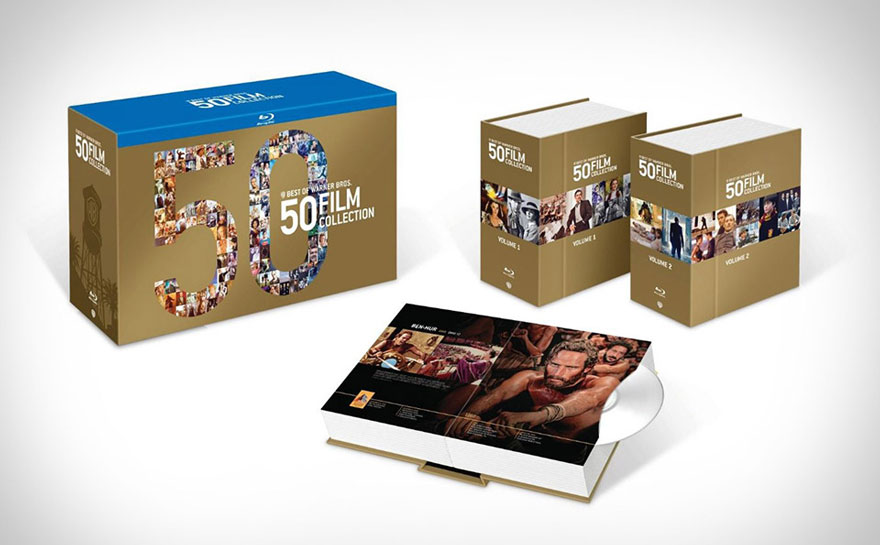
The 50 Best Warner Bros Films (Blu-ray) Collection is 70% off right now.
I’ve been drooling over this collection for a while, not only for the fantastic movies but also because it comes with hours and hours and hours of director’s commentaries and behind-the-scenes featurettes. $420 is kinda hard to justify, but right now Amazon is offering the complete set for only $177, about 70% the regular price. The timing couldn’t be better, this would make THE perfect Christmas present for the film lover in your live (or yourself!).
Here are the 50 Movies included
1. Grand Hotel* (1932)
2. Mutiny on the Bounty* (1935)
3. Wizard of Oz (1939)
4. Gone with The Wind* (1939)
5. Maltese Falcon, The (1941)
6. Mrs. Miniver* (1942)
7. Casablanca* (1942)
8. Treasure of the Sierra Madre, The (1948)
9. Streetcar Named Desire, A (1951)
10. American in Paris, An* (1951)
11. Singin’ in the Rain (1952)
12. Gigi(1958)
13. North By Northwest (1959)
14. Ben-Hur* (1959)
15. How the West Was Won (1962)
16. Doctor Zhivago (1965)
17. Cool Hand Luke (1967)
18. 2001: A Space Odyssey (1968)
19. Bullitt (1968)
20. Willy Wonka & The Chocolate Factory (1971)
21. Dirty Harry (1971)
22. Clockwork Orange, A (1972)
23. Exorcist, The (1973)
24. One Flew Over The Cuckoo’s Nest* (1975)
25. Superman, The Movie (1977)
26. Shining, The (1980)
27. Chariots of Fire* (1981)
28. Risky Business (1983)
29. Amadeus* (1984)
30. Color Purple, The (1985)
31. Lethal Weapon (1987)
32. Full Metal Jacket (1987)
33. Driving Miss Daisy* (1989)
34. Goodfellas (1990)
35. Unforgiven* (1992)
36. Bodyguard, The(1992)
37. Natural Born Killers (Director’s Cut) (1994)
38. The Shawshank Redemption (1994)
39. Matrix, The (1999)
40. Harry Potter and the Philosopher’s Stone (2001)
41. Lord of the Rings: The Fellowship of the Ring (2001)
42. Lord of the Rings: The Two Towers (2002)
43. Lord of the Rings: The Return of the King* (2003)
44. Million Dollar Baby* (2005)
45. Departed, The* (2006)
46. Dark Knight, The (2008)
47. Blind Side, The (2009)
48. Hangover, The (2009)
49. Sherlock Holmes (2009)
50. Inception (2010)
Amazon direct link.
Video
Adobe Creative Cloud for $16.58.
Amazon is offering a yearly subscription to Adobe’s Creative Cloud for $199 a year. That’s only $16.58 per month to gain access to ALL current Adobe applications.
Video
How NOT to announce new products. Google Nexus.
UPDATE: 20121123 Google’s Nexus 4 Smartphone and Nexus 10 Tablet sold out 20 minutes after the Google Play store opened. http://ow.ly/fg1mo
By now it is pretty clear that we love Google (most of the time). But the company can learn a thing or two from Apple, especially when it comes to important product announcements. On Monday, while Hurricane Sandy was hitting the East Coast ,and 7.5 million people in 16 states have lost power, Apple announced that the company’s senior vice president of iOS was getting fired for (apparently) refusing to apologize publicly for the Apple Maps mess. The timing was impeccable, since nobody noticed nor cared. Well, at the very same time, Google was announcing three new Nexus devices; a smartphone, a 7-inch tablet, and a 10-inch tablet. Guess what happened? Nobody noticed nor cared. They sold out.
All three devices run Android 4.2, which Google describes as “a new flavor of Jelly Bean.” The Nexus 4 is Google’s latest 4.7-inch, quad-core Nexus smartphone, developed with LG, and priced well below analysts expectations. It will be available for $299 (8GB) and $349 (16GB) for unlocked, contract-free units. However, the best deal seems to be the 16GB unit on T-Mobile for $199. We can’t really predict how sales will perform, but what is certain is that the Nexus 4 will make a strong impact on the smartphone market.
Based on the promo video, it seems that Google is focusing the tablets on education. We have written extensively about technology and education here, here, and here.
Although we are more excited with Samsung’s Galaxy Camera, one of our favorite features of the new Nexus smartphone is Photo Sphere, a camera app/Google Maps hybrid that allows users to create and share 360-degree panoramas.
Click to keep reading (more…)
Video
Are tablets making us better? Yes and no.
This is my last post about my Lenovo Tablet nightmare experience. Six months ago (check the original post here) I made a wish list of all the wonderful things I wanted to get done with my brand new Tablet. Here’s the update:
What did I plan to achieve with my new toy?
1. Read more eBooks without burning my legs while trying to fall asleep.
Accomplished. Not only do I not have to deal with the heat and weight of my MacBook Pro, but since I can’t type as fast on the Tablet, I don’t spend much time checking and replying to emails or working on other things. I effectively have doubled my annual reading average.
2. Update this blog from any coffee shop, read while commuting, work on a plane.
50/50. The Tablet is not comfortable for typing long articles like this one, and the apps are relatively slow. But reading on planes (or buses, or the subway) is absolutely wonderful. By the way, seven inches is the PERFECT size for a Tablet—big enough to read, small and light enough to hold it with only one hand.
3. Watch more movies, and use Google Music.
Accomplished. The movie quality is not great but it does the trick, especially while waiting for a delayed plane at the airport. You can set Google Music to download selected songs so you don’t need to be online to enjoy the app. Awesome.
4. Use several filmmaking tools including a Director’s Viewfinder, and Slate.
Not accomplished. Bright sunlight is like kryptonite to the Tablet. Plus, both cameras on the IdeaPad A1 are SO bad that compared to my two-year old HTC cell phone (add link to serendipity search results) it is like a medium format back compared to a point and shoot.
Photography
Visual Serendipity.
Serendipity: noun; the occurrence and development of events by chance in a happy or beneficial way.
One of the many things I love about traveling is that I start seeing things differently, simple objects become spectacular sculptures, every day activities are suddenly fresh and attractive, and even airport lounges (below at JFK International Terminal) at dusk offer exciting visual challenges and new opportunities.
One of my favorite photo books is “Learning to See Creatively” by Bryan Peterson. I have been using this book for over 10 years, and every time feels more current.
Video
The Cloud Wars.
Adobe recently announce that “everyone can join the Creative Cloud,” and while customers will have access to a free membership to explore certain features, a monthly price of US$50 (based on a one-year subscription) has been set. The idea is that users can access the latest version of Adobe’s popular programs (like Photoshop CS6 and Lightroom 4), without buying the boxed version and subsequent upgrades. In addition to receiving updates to the programs as soon as they are released, users also get 20GB of cloud storage for syncing their work.
On Amazon, Adobe Photoshop CS5 costs around $639. With a yearly subscription you save about $40. Not an amazing deal if you need to use the software every day, but you could “rent” it for $50/month, and only use it when you need to meet a deadline, and then stop paying while you are working on something else. The idea is good on paper, but I am not completely sold on the benefits of a subscription system. Unfortunately, I believe that there’s no turning back. This is how we will be buying and using software in the near future.
At the same time Adobe set the “Creative Cloud” pricing, Amazon lowered their S3 storage rates. Small businesses with fairly typical 50 TB of data capacity, will see a 12% reduction in costs. Bigger companies storing up to 500 TB of data will enjoy a 13.5% reduction in costs.
Video
Adobe’s generous upgrade policy ends in 30 days.
For several years, Adobe has offered a generous “three-versions” upgrade policy. This means that users with a prior CS product up to three previous major versions (CS2, CS3, and CS4) would be eligible for discounted upgrade pricing when moving up to the latest release.
This policy will end when the CS6 Suite starts shipping early next year.
According to Adobe, “in order to qualify for upgrade pricing when CS6 releases, customers will need to be on the latest version of our software (either CS5 or CS5.5 editions). If our customers are not yet on those versions, we are offering a 20% discount through December 31, 2011, which will qualify them for upgrade pricing when we release CS6.”
Adobe’s new upgrade policy is worldwide. Click on the links to purchase the Photoshop CS5 Upgrade (Windows Vista/7/XP or Mac OS)
, and Photoshop Extended CS5 Upgrade (Windows Vista/7/XP
or Mac OS
) from Amazon, or click here to go directly to the Adobe Store. Hurry up, only 30 days left to take advantage of the 20% discount.
